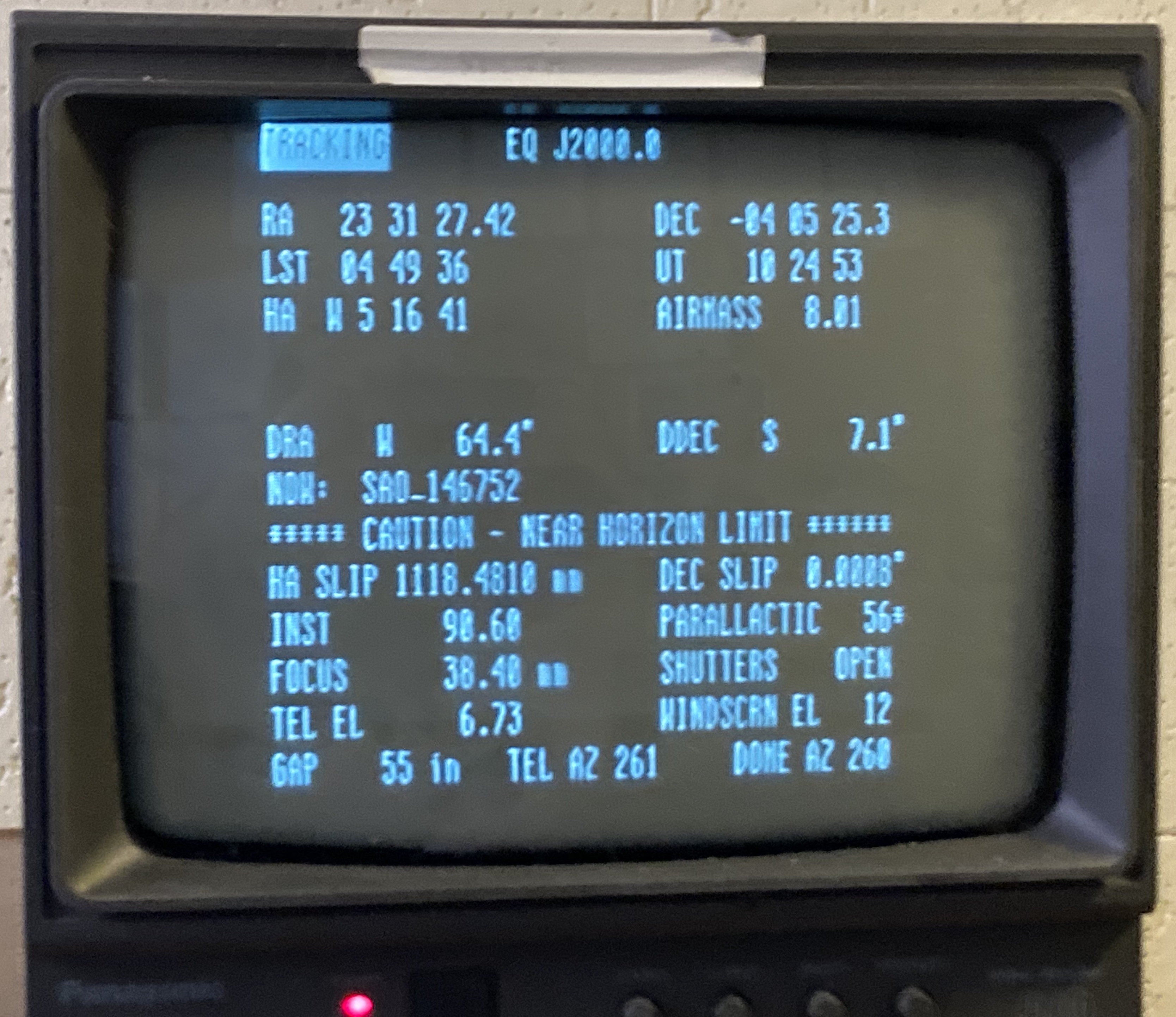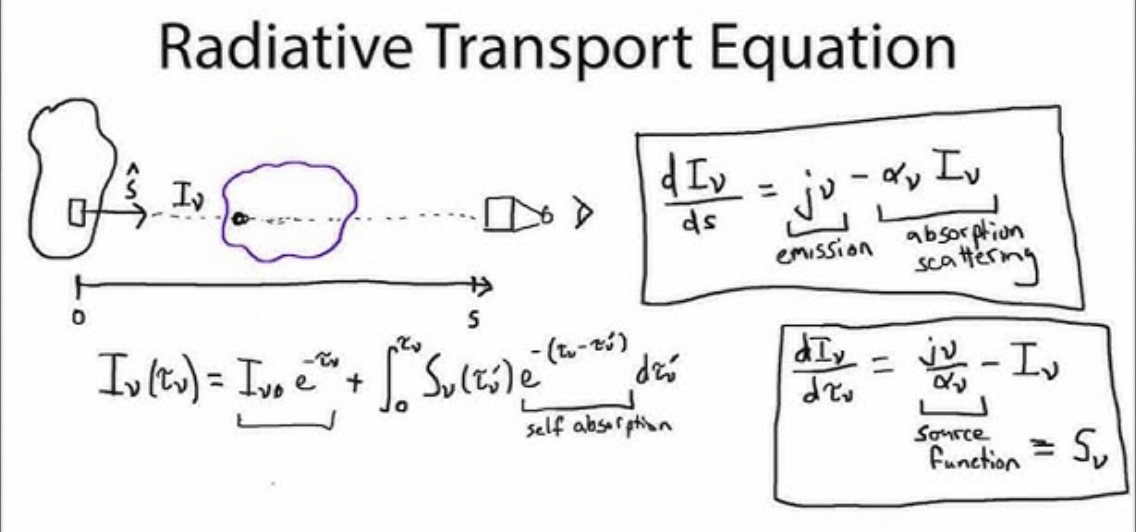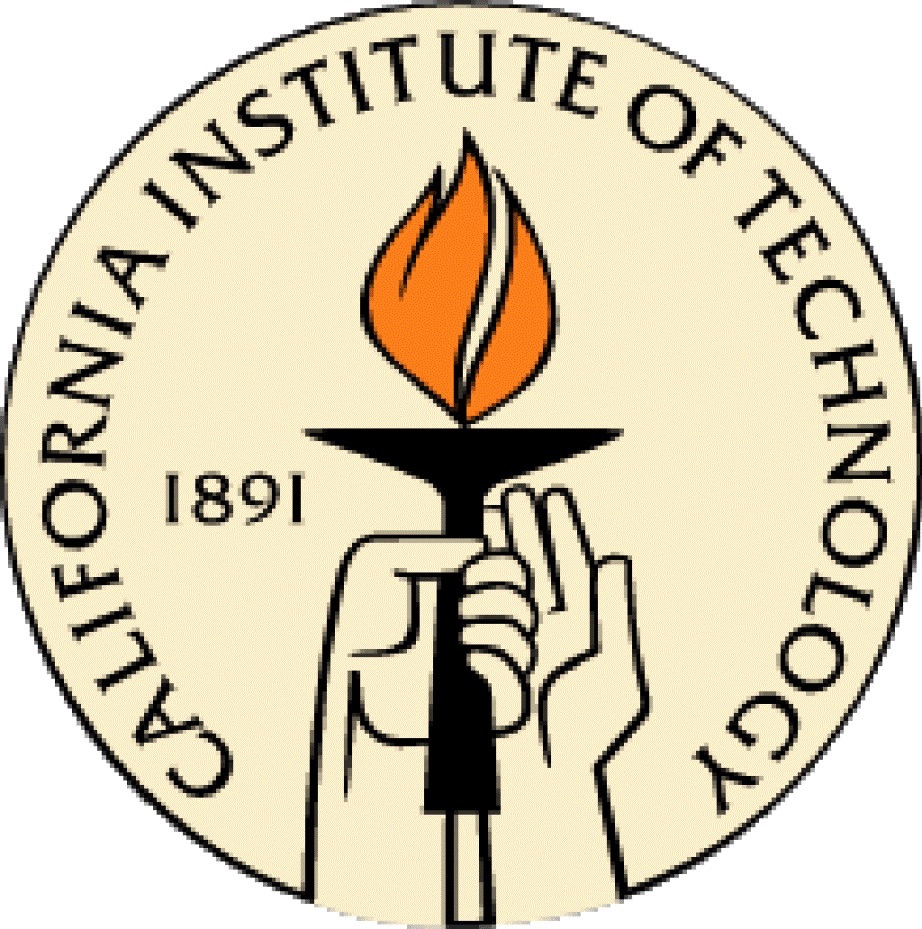Everything Young Stars
I work on furthering our understanding of star formation, young star clusters, pre-main sequence evolution, accretion/outflow in YSOs, planet formation, and occasionally young planets. My group pursues these issues mostly from an empirical perspective.
YSO Variability

Star formation at the individual star level is a complicated process involving the simulaneous inflow and outflow of material. The mass accretion and ejection processes are unsteady, leading to a wide range of behavior in YSO photometry and spectroscopy, as well as wild lightcurves.
Many of my most recent publications are in the area of time-domain astronomy, studying everything from the regular variability that is represented towards the lower left of this diagram, to the extreme variability towards the upper right.
YSO Outbursts
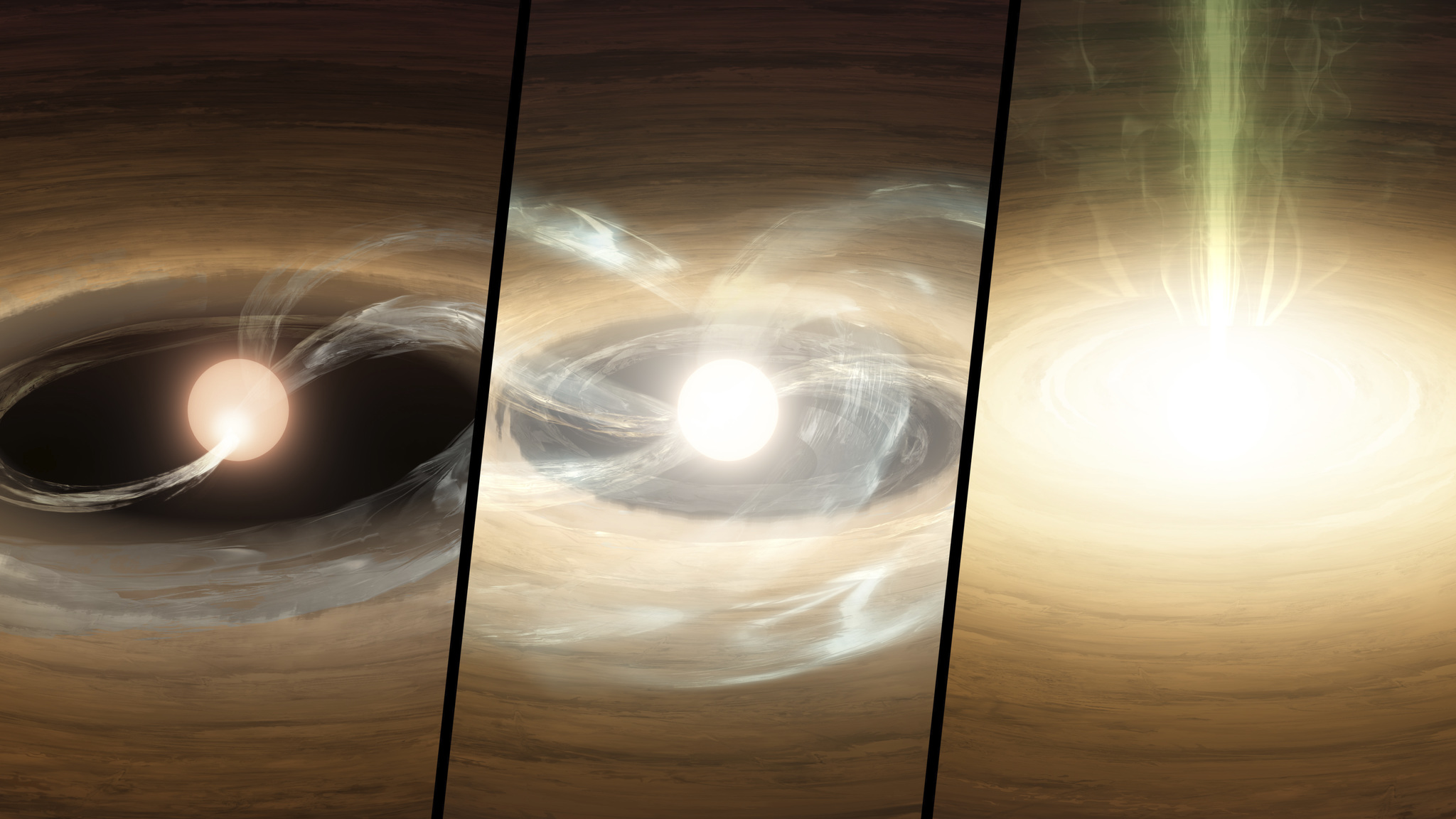
As noted above, although generally stochastic, or at best quasi-periodic with timescales associated with the rotating star + magnetosphere, on occasion, instabilities occur either in the magnetospheric region or further out in the disk. This leads to more dramatic lightcurve behavior, including bursts and outbursts.
Here is a list of recently occurring announced but unpublished YSO outbursts of interest, with links to more detailed information from our work. Many of my recent publications deal with outbursting young stars.
Evolution of Circumstellar Gas and Dust
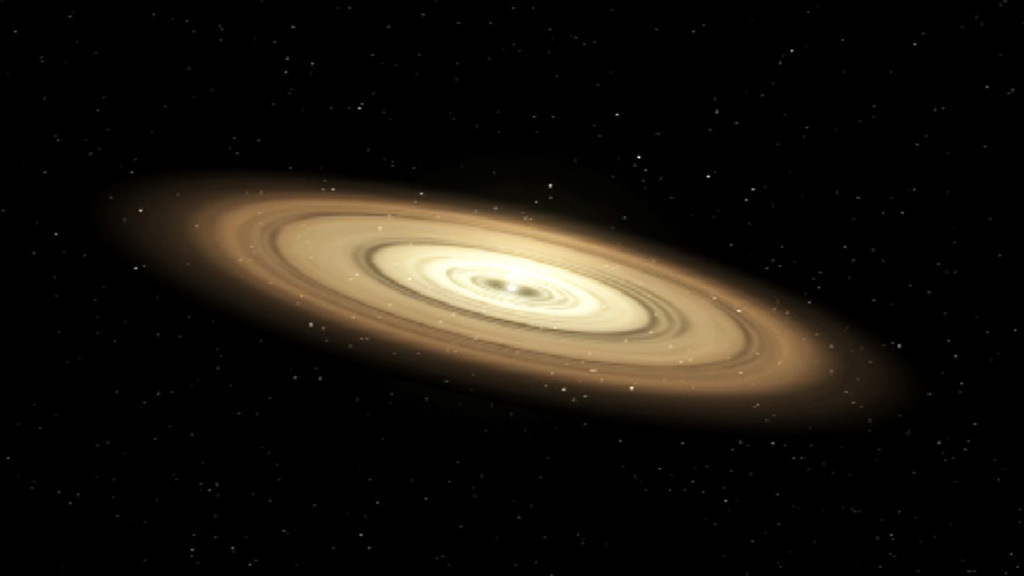
I am broadly interested in circumstellar dust and gas around young stars. Disk sizes, masses, accretion rates, and survival times as a function of stellar mass are relevant quantities that can be derived from observables. Planet formation must take place on timescales comparable to the evolution of primordial circumstellar gas and dust disks. Furthermore, regenerated debris disks belie the presence of giant planets causing collisions among rocky bodies in circumstellar environments.
Here is some older work I did on inner disk evolution (stemming from probably the first ``disk lifetime" plot anyone ever made, in 1995) and
related publications.
This web widget debris dust calculator could still be useful to someone.
Protostars
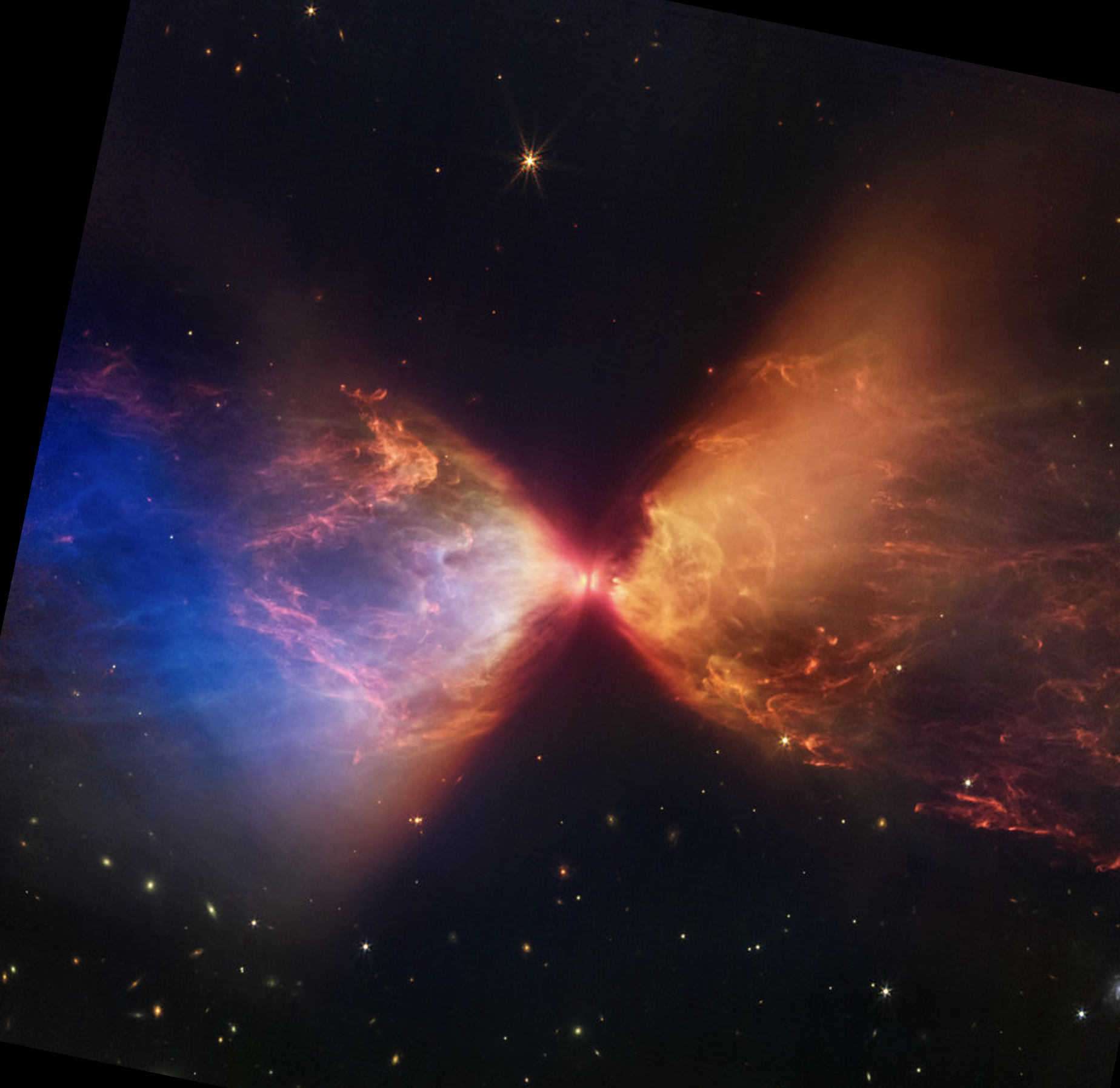
During the earliest stages, before they are revealed to us in the HR diagram below, forming stars are called protostars. Many questions remain regarding how these objects accrete to their final main sequence masses. High-spatial resolution images and broad-band spectral energy distributions are the main tools.
Here is some older work I was pursuing in this area and related publications.
Pre-Main Sequence Stellar Evolution

A critical element of the planet formation story is our knowledge of absolute stellar ages. While pre-main sequence evolutionary theory is well-developed, there are still some well-known large and systematic mis-matches between observations and the theory. Accretion history is a likely culprit at very young ages, but even after such effects should no longer be relevant, inconsistencies persist.
Approaches to understanding what is going on include cross-calibration of various independent age indicators, as well as measurement of stellar radii and masses from fundamentals, such as use of double-line eclipsing binaries. Here and here are related publications.
Young Star Clusters
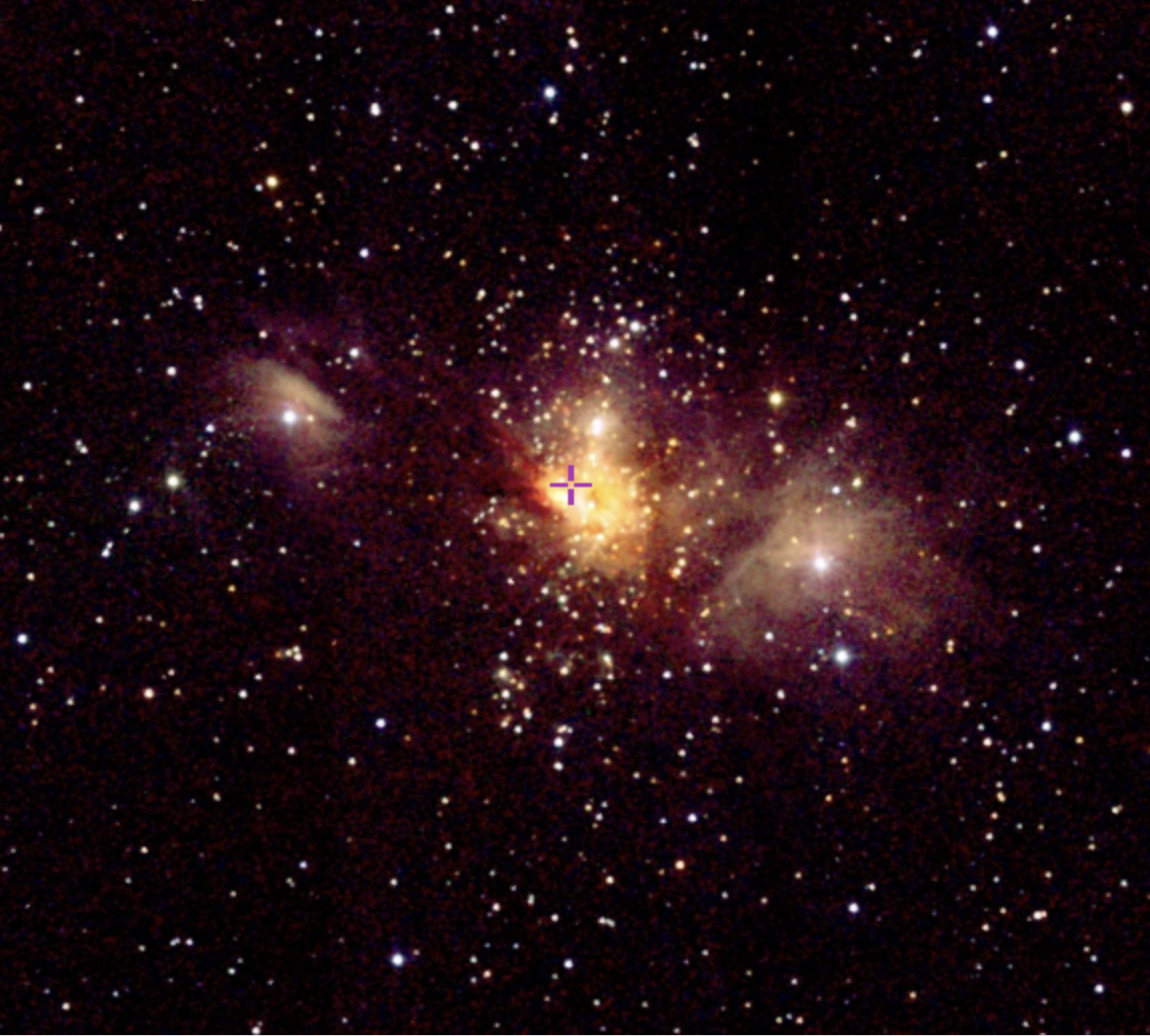
The combination of available data from Gaia, PanSTARRS, 2MASS, Spitzer, WISE, Herschel, and other resources makes this an unprecedented time for studies of young stellar populations. Topics of interest include: cluster shapes, sizes, and densities; the time sequence of star formation as a function of cloud/cluster position; relationships between cluster density and mass of the most massive star; cluster contraction, expansion, and bulk rotation dynamics. I also remain interested in the initial mass function and stellar age spreads in clusters.
Some older work I did in this area includes studying Herbig Ae/Be clusters (which was the topic of my Ph.D. thesis ) and larger star forming regions like the Orion Nebula Cluster and the North America/Pelican Nebulae region..
Stellar Angular Momentum Evolution
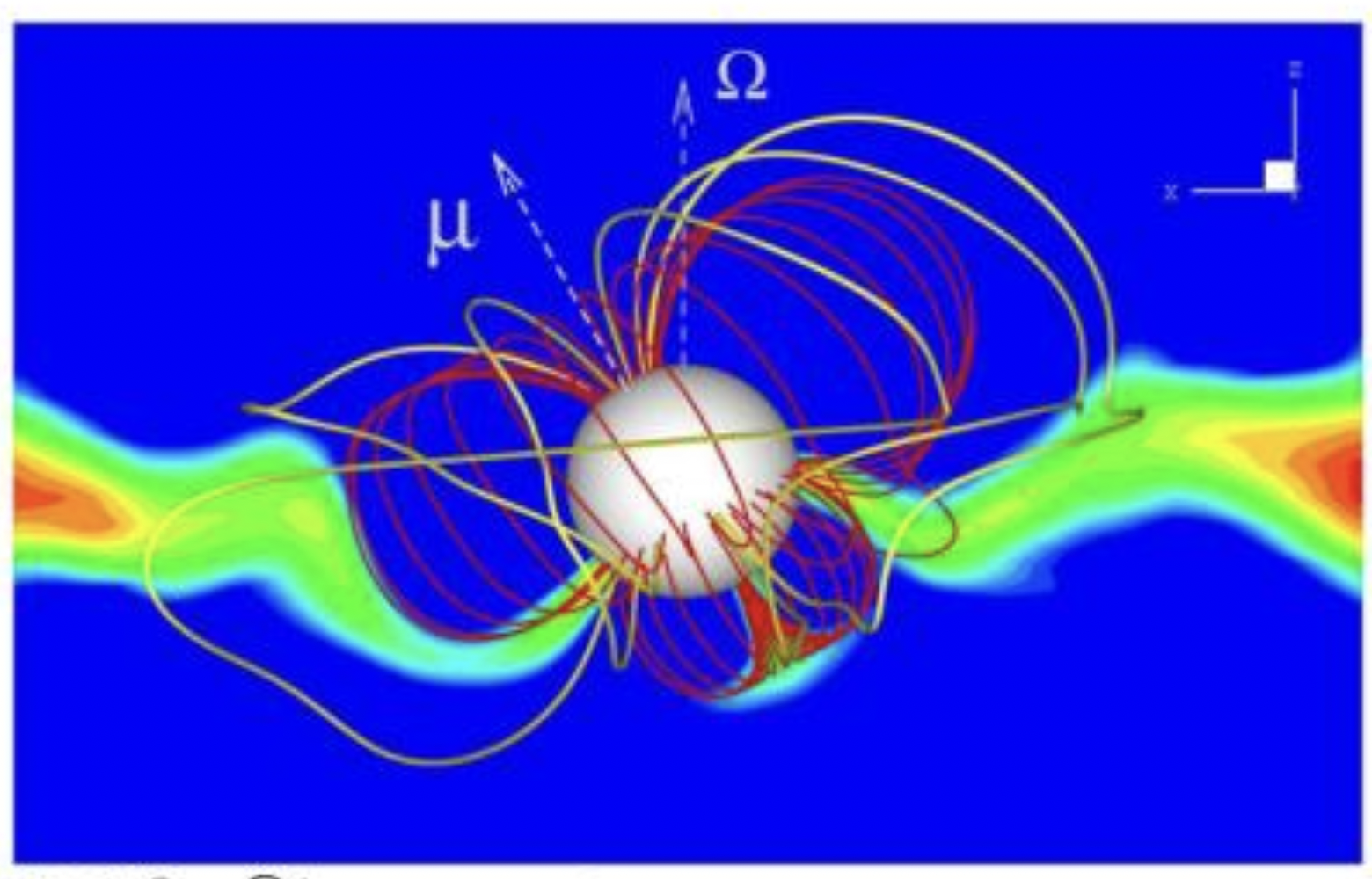
Broadly speaking, young stars spin up as they contract during their approach to the zero-age main sequence. Thereafter, they spin down as they lose angular momentum due to stellar winds. However, the real picture is more complicated than the simple one, with lots of mysteries in current data. I am interested in rotation trends with stellar mass and age, and especially the relationship between rotational evolution and circumstellar disk evolution at the youngest ages.
Mainly due to excellent collaborators, I have many publications on this topic.
The Stellar Initial Mass Function
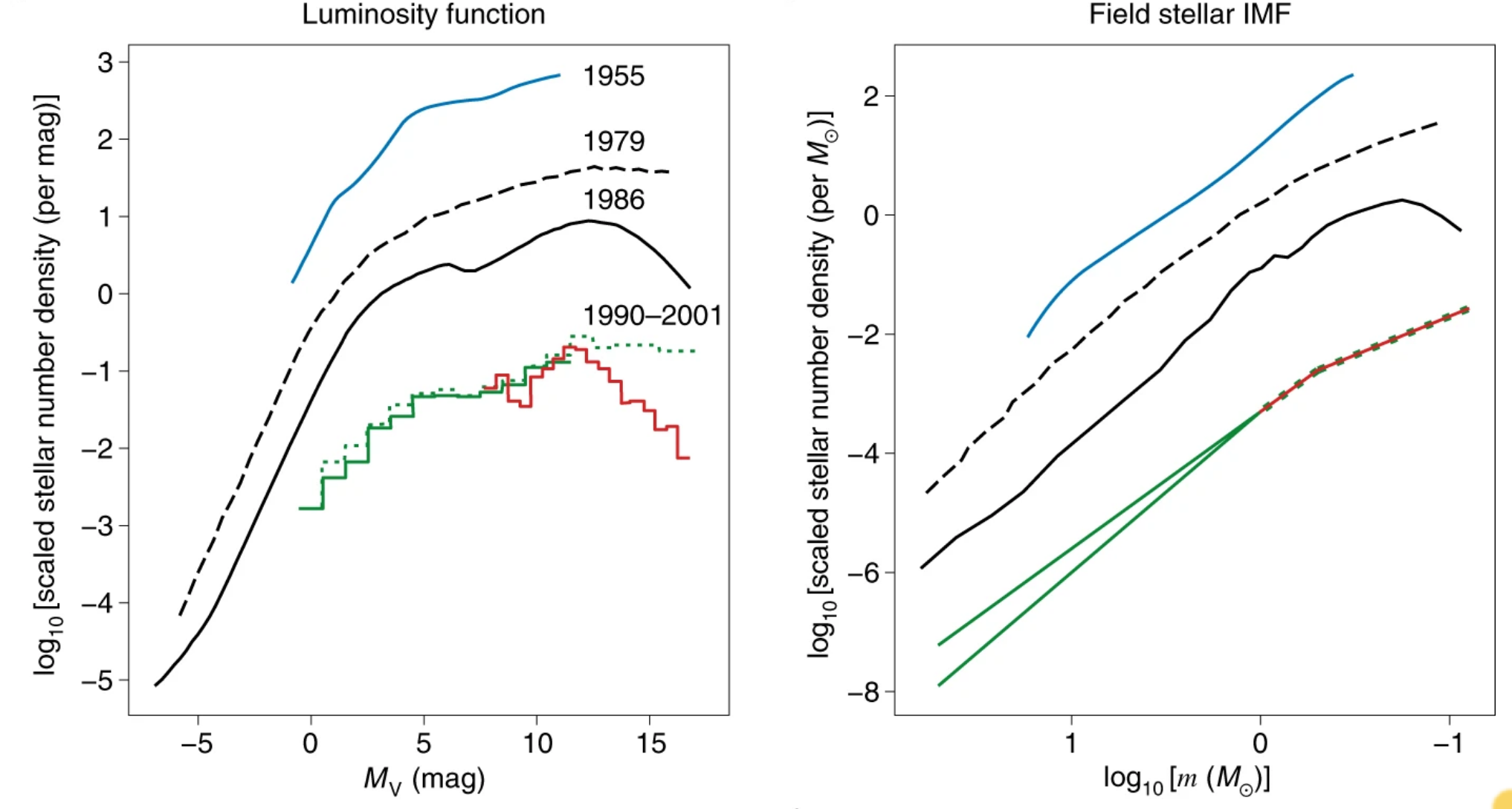
Star formation in clusters seems to lead to similar -- if not approximately the same -- apportionment between the fraction of stars formed in different mass ranges. There are hundreds of theory papers on this topic, and thousands of observational papers. Why the power-law distribution at higher masses is roughly understood, but why the log-normal like function at lower masses is not.
Here is some older work I did on the IMF. and related publications.
